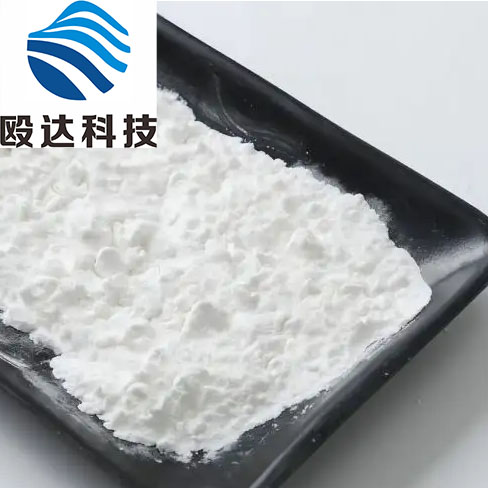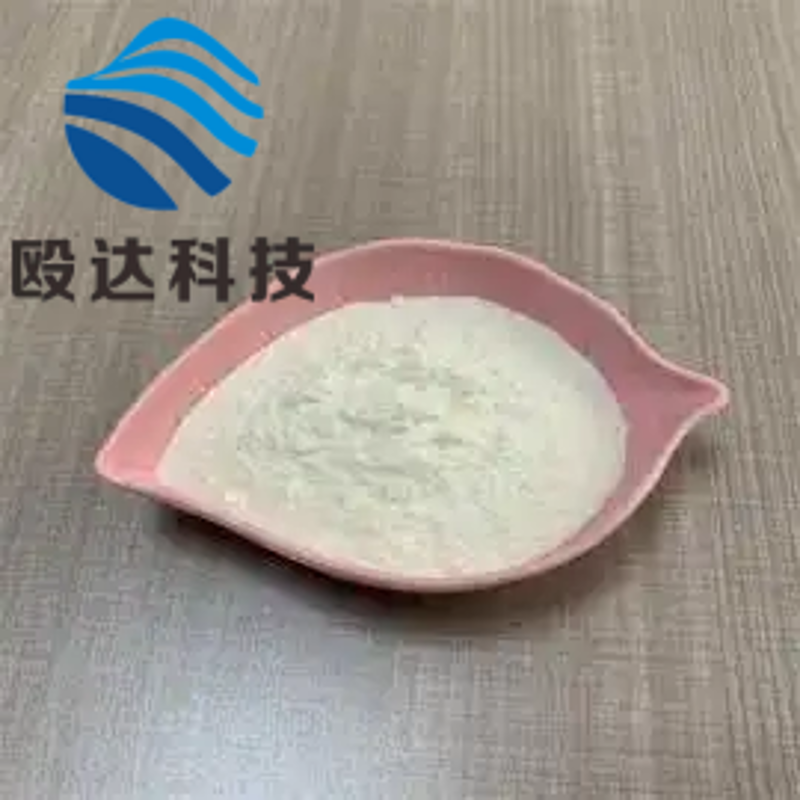-
Categories
-
Pharmaceutical Intermediates
-
Active Pharmaceutical Ingredients
-
Food Additives
- Industrial Coatings
- Agrochemicals
- Dyes and Pigments
- Surfactant
- Flavors and Fragrances
- Chemical Reagents
- Catalyst and Auxiliary
- Natural Products
- Inorganic Chemistry
-
Organic Chemistry
-
Biochemical Engineering
- Analytical Chemistry
- Cosmetic Ingredient
-
Pharmaceutical Intermediates
Promotion
ECHEMI Mall
Wholesale
Weekly Price
Exhibition
News
-
Trade Service
Proliferating diabetes retinal lesions is a common complication of diabetes, due to high blood sugar damage to retinal blood vessels caused by tissue isobleed, hypoxia, due to the compensation effect, the body grows new blood vessels for blood supply, and then there will be proliferation changes, serious can lead to glass bleeding and vision loss.
researchers recently compared the effect of injecting apasip into the glass and glass body removal combined with retinal photocoagulation to treat the bleeding of the proliferating diabetic retinal lesions glass body. The
study, conducted in the United States and Canada, included 205 patients with glass hemorrhagic vision impairment caused by retinal lesions of adult proliplative diabetes, with one eye per participant and 100 participants treated with Apasip once every four months.
105 participants were treated with glass excision combined retinal coagulation.
the main endpoints of the study were an average letter vision score (0-100) for 24 weeks, with significant differences between groups above 8 letters, and a secondary endpoint of 4 weeks and 2 years of average visual asensitiveness.
57 years old, 56 percent of men, 34.5 percent of participants with a baseline average alphabet vision score, and 95 percent completed a 24-week study.
24-week average alphabet vision score for the Apasip group was 59.3, while the glass removal combined retinal photocoagulation treatment group was 63.0, with a difference of -5.
of the 23 secondary endpoints, there was no significant difference, including an average visual asensitity assessment of 4 weeks (difference -11.2) and 2 years (difference 2.7).
2 years later, 33 patients (33%) of Apasip received coliosomal coagulation for glass removal, while 34 (32%) of patients in the combined retinal photocoagulation treatment group received Apasip treatment.
study concluded that for patients with glass hemorrhagic vision impairment caused by retinal lesions of consomitive diabetes, the initial treatment option for glass injection of Apasip or glass removal combined retinal photocoagulation therapy had no significant effect on the 24-week alphabet vision score.
。







